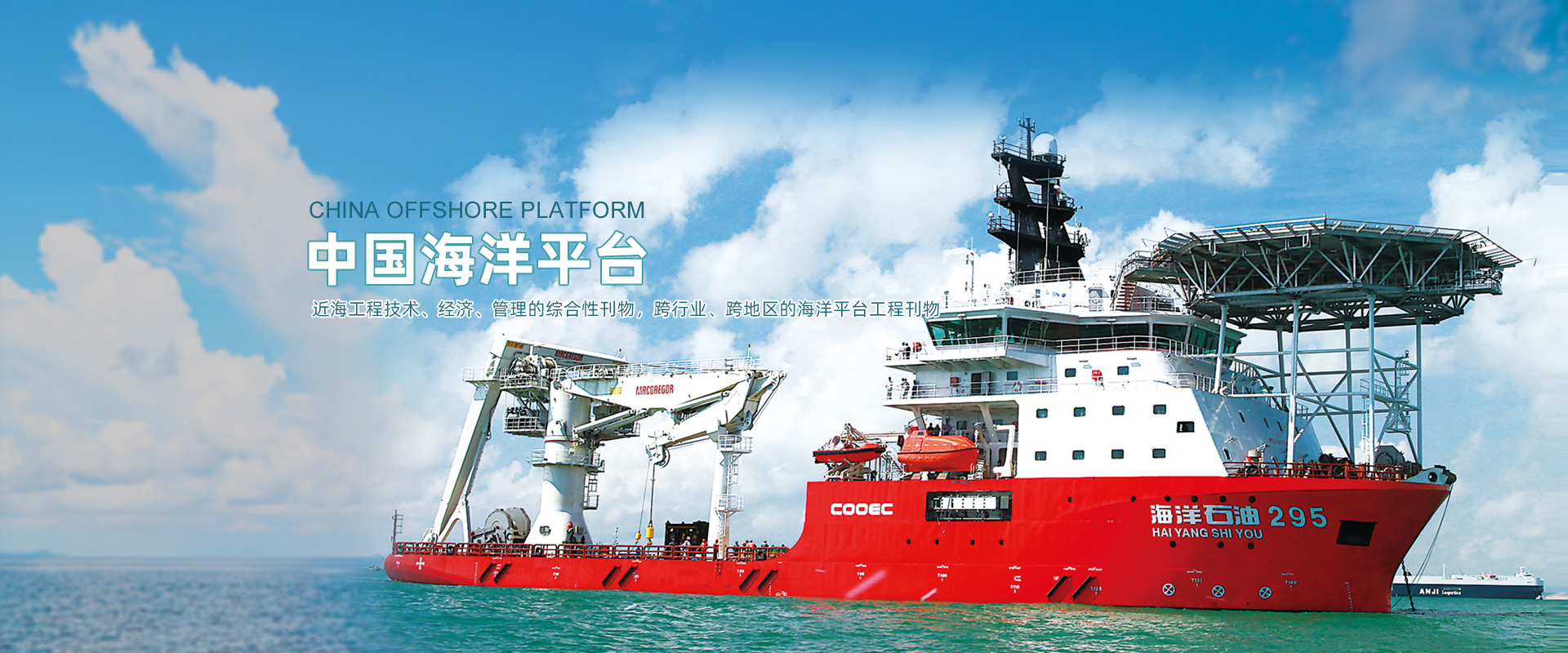Abstract:Due to the large spatial span of the subsea production system structure and significant differences in operating environments among different components, adopting the same maintenance strategy for multiple components can affect the accuracy of maintenance plan formulation, potentially leading to over-maintenance or inadequate maintenance issues. Additionally, there are interdependencies among the components, where a failure in one component can accelerate the degradation of the associated components. In response to the aforementioned issues, research is conducted on condition-based maintenance methods for the key equipment in subsea production systems, such as the master control station, hydraulic power unit, subsea Christmas tree, etc. The component relationships such as economic dependencies and environmental dependencies are considered. The system is divided into multiple subsystems, and different maintenance strategies are proposed for systems with varying levels of complexity. The component failure models that consider continuous degradation and random shocks are established, and a selection process for maintenance strategies of different complexity levels is proposed. The results indicate that the complex relationships among components greatly influence the selection of condition-based maintenance strategies, and more accurate maintenance strategies can reduce system maintenance costs and improve system reliability.
